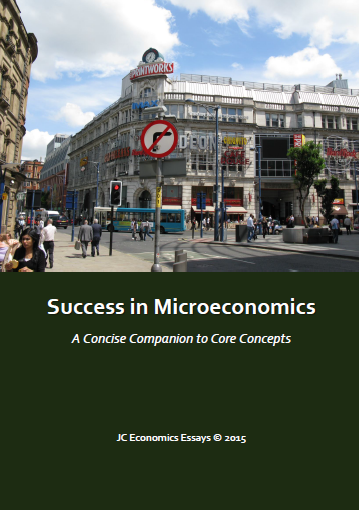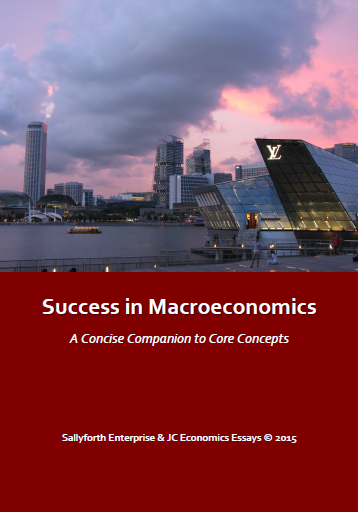In recent years, it has
been argued that the undervalued renminbi (RMB / yuan) is the
major cause of China ’s
burgeoning inflation and massive trade surplus vis-à-vis developed countries,
especially the USA China
Discuss whether “the undervalued yuan” is the only cause ofChina ’s
rising inflation and huge trade surplus with the USA
Discuss whether “the undervalued yuan” is the only cause of
Introduction
This Economics paper argues that having an undervalued currency encourages demand for Chinese exports, which could arguably lead to demand-pull inflation, whilst concomitantly causing imported inflation for
Inflation
First
and foremost, it has to be argued that China
On
the cost-push side, the undervalued yuan may have made imported inflation a
real possibility and thus may have pushed up the AS curve. This is because if China imports inputs or factors of production,
especially and furthermore so if those natural resources are then used as inputs to
produce exports, then this might cause inflation in China
Inflation
in China China
Trade Surpluses
Secondly,
the “undervalued yuan” can be blamed for the mounting trade surplus China has with its trading partners,
predominantly America China China
Other Countries’
Declining Comparative Advantage
Nonetheless,
the “undervalued yuan” cannot be the only cause of this huge trade surplus;
America’s slowly declining comparative advantage, where comparative advantage
refers to the relatively lower opportunity cost of a country in producing a
good relative to other trading countries, in manufacturing has led to weakening
US exports, whilst, on the other hand, it might be possible to argue that China
has developed a new, dynamic comparative advantage in manufacturing, especially
cheap and lower-end products. For instance, the American steel industry has
been too reliant on protectionism for many years, and this has contributed to
her mounting trade deficit, because it has become less export competitive,
while the Chinese improved consistently over recent years. Hence, perhaps the
trade surpluses are due to American weaknesses and Chinese strengths.
Conclusion
Thus,
while it can be strongly argued that the “undervalued yuan” does indeed have a
part to play in China’s rising inflation and huge trade surpluses, it cannot be
considered the only cause of these problems, and China’s increasing prosperity,
especially for the middle classes, her rising economic growth, and the falling
productivity and comparative advantage of the developed nations who are her
trade partners are realistic and relevant alternative explanations for the same
phenomena.
JC Economics Essays: Tutor's Comments - This Economics essay was actually written under examination conditions by a Chinese student. First, it has to be praised: the English is very well written and fluent, and the student has clearly got a very good understanding of the Chinese economy and a good knowledge of international economic events. Secondly, it has to be said that the quantity and quality of this Economics essay far exceed what I would have expected as an Economics tutor, because this was written under examination conditions and by someone whose native language is not English. This just goes to show that if one puts one heart into doing something, and tries one's best - one can achieve many great things in life. As an Economics tutor, seeing such work and effort in my students' Economics essays is one of the joys of teaching. If you were to write this essay, how would you approach it? Would the approach be similar or different? Thanks for reading and cheers.



